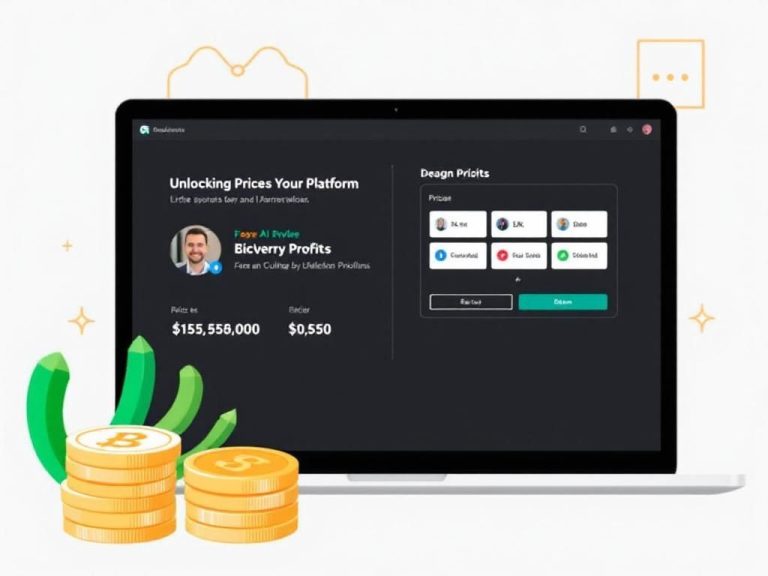As the demand for machine learning and artificial intelligence technologies continues to surge, the need for efficient data labeling is more critical than ever. Data labeling, the process of tagging and categorizing data, serves as the foundation for training robust machine learning models. In 2025, the landscape of automated data labeling services is set to evolve dramatically, driven by advancements in AI and the growing volume of data generated across industries.
Understanding Automated Data Labeling
Automated data labeling refers to the use of machine learning algorithms and artificial intelligence to expedite the process of data labeling. This technology can significantly reduce the time and cost associated with preparing datasets for training machine learning models. By leveraging techniques such as active learning, semi-supervised learning, and deep learning, automated data labeling services provide an efficient alternative to manual labeling.
The Importance of Data Labeling in Machine Learning
Data labeling plays a crucial role in the success of machine learning applications. Here are some key reasons why data labeling is important:
- Quality Training Data: Accurate labels are essential for developing high-performing models.
- Reduced Model Bias: Properly labeled data helps in minimizing biases that can affect model predictions.
- Faster Deployment: Automation in labeling accelerates the model development lifecycle.
- Scalability: Automated services can handle large volumes of data efficiently.
Key Features to Look for in Automated Data Labeling Services
When evaluating automated data labeling services, consider the following features:
1. Customization Options
The ability to customize labeling criteria to fit specific business needs enhances the relevance and accuracy of the labeled datasets.
2. Integration Capabilities
Look for services that seamlessly integrate with existing data pipelines and machine learning frameworks.
3. Scalability
The service should handle increasing data volumes without compromising performance.
4. Accuracy and Quality Control
Automated systems should have mechanisms in place to ensure quality control and validate labeling accuracy.
5. User-Friendly Interface
A simple and intuitive interface can enhance user experience, making it easier for teams to manage data labeling tasks.
Top Automated Data Labeling Services in 2025
In 2025, several automated data labeling services are leading the market with innovative solutions:
1. Labelbox
Labelbox offers a comprehensive platform with powerful labeling tools, custom workflows, and extensive integration options. Its AI-assisted labeling capabilities help optimize the labeling process.
2. Snorkel
Snorkel provides a data programming approach to labeling, allowing users to create labeling functions that can label data automatically. Its flexibility makes it suitable for various applications.
3. Scale AI
Scale AI is renowned for its high-quality labeled data across various domains, including images, text, and videos. The service uses a combination of automated and human-in-the-loop approaches to ensure label accuracy.
4. Amazon SageMaker Ground Truth
This service from AWS leverages machine learning to automate data labeling. It also incorporates human reviewers to enhance the quality of labeled data, making it a reliable choice for enterprises.
5. Supervisely
Supervisely specializes in image and video annotation with strong collaborative features and integration capabilities, making it ideal for computer vision projects.
Comparative Analysis of Top Services
| Service | Key Features | Pricing | Integration |
|---|---|---|---|
| Labelbox | Custom workflows, AI-assisted labeling | Tiered pricing, free tier available | Yes |
| Snorkel | Data programming, flexible labeling | Open-source, free to use | Limited |
| Scale AI | High-quality labels, human-in-the-loop | Contact for pricing | Yes |
| Amazon SageMaker Ground Truth | ML automation, human review | Pay-as-you-go | Seamless AWS integration |
| Supervisely | Collaborative, computer vision focus | Free and paid plans | Yes |
Challenges in Automated Data Labeling
While automated data labeling has many advantages, it is not without its challenges. Some of the common issues faced include:
1. Accuracy Issues
Automated systems may struggle with complex labeling tasks, leading to inaccuracies that require human intervention.
2. Need for Human Oversight
Despite advancements, human oversight may still be necessary to ensure high-quality labels, particularly for nuanced tasks.
3. Data Privacy Concerns
Handling sensitive data poses privacy challenges that must be managed carefully.
Future Trends in Data Labeling
As we look toward the future, several trends are likely to shape the data labeling landscape:
1. Increased Use of AI and ML
AI and ML will continue to enhance labeling processes, making them faster and more accurate.
2. Enhanced Collaboration Tools
Tools that foster collaboration between data scientists and labelers will become more prevalent, streamlining workflows.
3. Regulatory Compliance Tools
With growing concerns over data privacy, services that offer compliance features will gain importance.
Conclusion
Automated data labeling services are transforming the way organizations prepare data for machine learning. As we advance into 2025, the competition among service providers will lead to innovative solutions that improve efficiency, accuracy, and scalability. By understanding the key features and challenges associated with these services, businesses can make informed decisions that enhance their machine learning initiatives.
FAQ
What are automated data labeling services?
Automated data labeling services use machine learning algorithms to annotate data, significantly reducing the time and effort required for manual labeling.
Why is automated data labeling important for machine learning?
Automated data labeling enhances the efficiency and accuracy of machine learning models by providing large volumes of labeled data quickly, which is crucial for training and improving model performance.
What should I look for in a data labeling service?
When choosing a data labeling service, consider factors such as accuracy, speed, scalability, integration capabilities, and cost-effectiveness.
How do automated data labeling services ensure data quality?
Many automated data labeling services use advanced algorithms, human-in-the-loop processes, and continuous learning to maintain high levels of annotation quality.
Are automated data labeling services suitable for all types of data?
Yes, automated data labeling services can be applied to various types of data, including images, text, audio, and video, although the effectiveness may vary based on the complexity of the data.
What are the benefits of using automated data labeling in 2025?
In 2025, the benefits of using automated data labeling include increased efficiency, reduced costs, improved accuracy, and the ability to handle large datasets for advanced AI applications.




